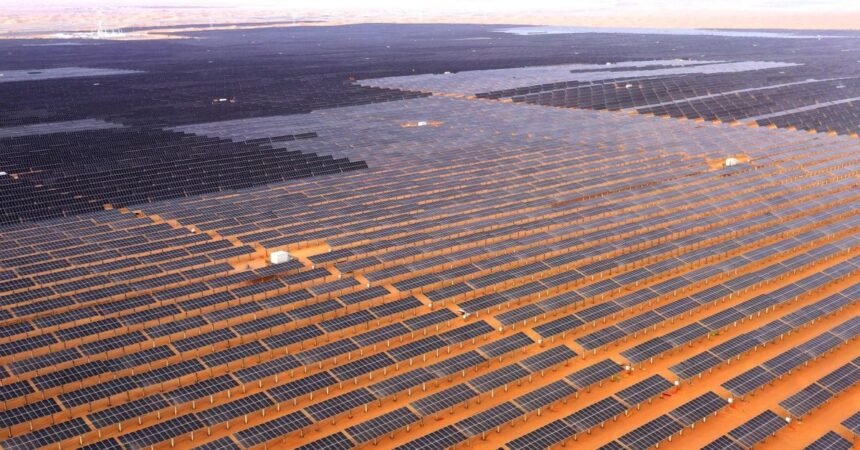Global energy investment is set to reach a record $3.3 trillion in 2025, according to the latest World Energy Investment report from the International Energy Agency (IEA). This comes at a time of economic uncertainty and geopolitical tensions around the world.
The majority of this investment, around $2.2 trillion, is earmarked for clean technologies including renewables, nuclear, grids, battery storage, low-emission fuels, efficiency, and electrification. This amount is double what is being invested in fossil fuels, highlighting the shift towards cleaner energy sources.
IEA Executive Director Fatih Birol emphasizes the importance of countries safeguarding their energy sectors against future disruptions. He states, “Amid the geopolitical and economic uncertainties that are clouding the outlook for the energy world, we see energy security coming through as a key driver of the growth in global investment.”
China has solidified its position as the world’s leading energy investor, surpassing both the US and EU combined. The country has significantly increased its investment in clean energy technologies such as solar, wind, hydro, nuclear, electric vehicles, and batteries. In the past decade, China’s share of global clean energy investment has risen from 25% to nearly 33%.
Solar energy remains a standout performer, with investments in both rooftop and utility-scale solar expected to reach $450 billion in 2025, making it the most invested energy technology globally. Battery storage is also experiencing a surge, projected to hit $65 billion this year. Additionally, nuclear energy investments have increased by 50% over the past five years, reaching approximately $75 billion.
The energy mix is evolving, with electricity investments expected to surpass spending on oil, gas, and coal by 50%. However, there are concerns regarding grid investments, which are lagging behind the pace of new generation and electrification. The IEA warns that grid upgrades are crucial for ensuring electricity security, but challenges such as permitting delays and supply chain issues are impeding progress.
Despite the shift towards cleaner energy sources, countries like China and India are still investing in coal. China, for instance, began construction on nearly 100 gigawatts of new coal-fired power plants in 2024, leading to a spike in global coal project approvals.
Oil investment is projected to decline by 6% this year, primarily due to reduced spending on US tight oil extraction. On the other hand, investments in liquefied natural gas (LNG) are on the rise, particularly in the US, Qatar, and Canada, with significant capacity growth expected between 2026 and 2028.
One concerning aspect highlighted in the report is the lack of clean energy investment in Africa, despite the continent accounting for 20% of the global population. Only 2% of global clean energy investment goes to Africa, and overall energy investment in the region has dropped by a third over the past decade. The IEA stresses the need for increased public finance to attract private capital and bridge the investment gap in developing economies.
In conclusion, the trend towards clean energy is gaining momentum, with solar leading the way and China dominating global investment. However, challenges such as grid upgrades and disparities in investment allocation pose risks to energy access and climate goals. It is crucial for countries to address these issues to ensure a sustainable and resilient energy future.







